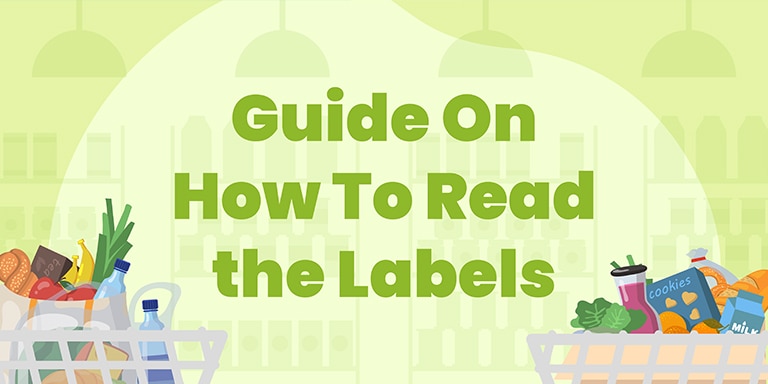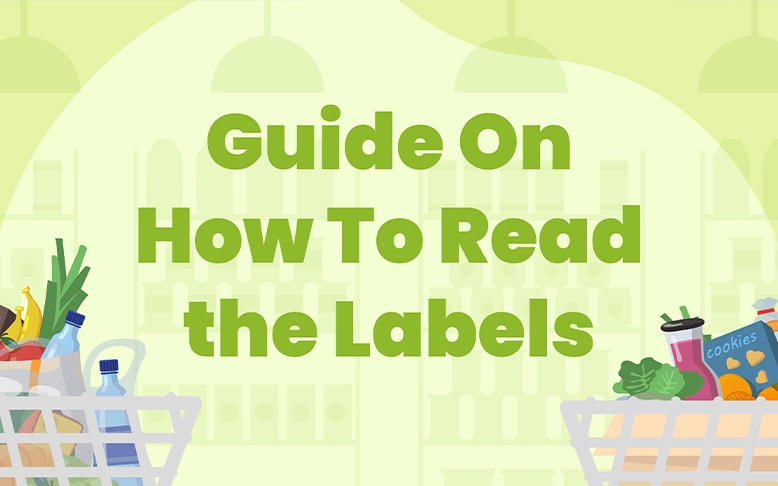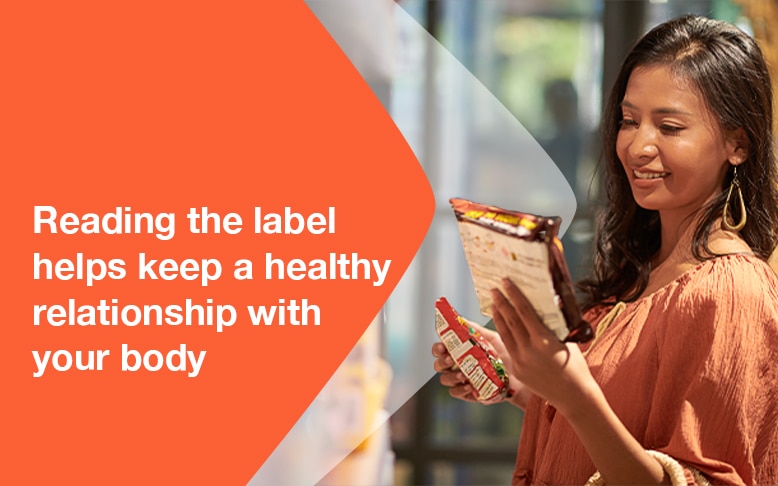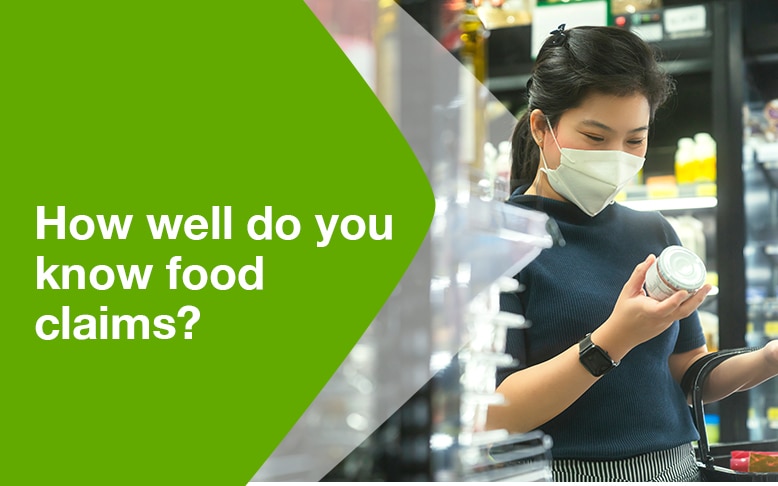Reading the Label
There is a science behind presenting labels in as much as there is science behind understanding what is seen. Most often than not, the general public is unaware of the importance and meaning of the labels they see.
Here at Nutrition Masterclass, we like keeping things simple. In a step towards a more label-conscious society, here is a video presented by a Registered Nutritionist-Dietitian, Ms. Aleli Elizabeth Magtibay.
The Importance of Reading Food Labels
Food labels help make informed decisions. It provides information on the nutrient contribution of packaged foods as part of a balanced diet, helps manage portion sizes, and facilitates comparison between food products.
Details to Look For
- Look at the serving size and the number of servings per container.
- Watch out for the amount of fat, sugar, sodium and cholesterol. Choose food that are high in protein, vitamins, minerals and fiber.
- The percentage Recommended Energy and Nutrient Intakes (RENI) allows you to know the contribution of the diet to a reference age group. The Guideline Daily Amounts (GDA) on the front-of-pack is a quick guide on the number of calories per serving.
- The ingredients is listed in the descending order of quantity. Check also the food allergens if you have food allergies.
- Best Before tells you when is the last day that the product is in its best condition. Expiration date is the last day that the product is safe to be consumed.
Expert's Message
Make it a habit to read food labels to help you achieve good nutrition.


 Aleli Elizabeth Gana Magtibay , RND, MSc
Aleli Elizabeth Gana Magtibay , RND, MSc
















No comments here yet.